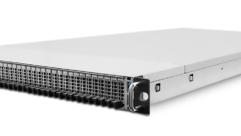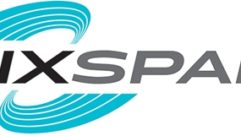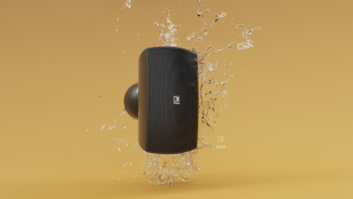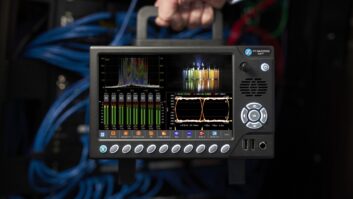Editorial: Deep Space
Dec 1, 2003 12:00 PM,
By Mark Smith
“I’m afraid I can’t let you do that, Dave.” That simple sentence, spoken in a chilling voice that sounded heavily medicated, gave viewers of Stanley Kubrick’s 2001: A Space Odyssey a taste of what a malevolent supercomputer could be capable of. The HAL 9000, which wreaked havoc in deep space on film, helped inspire a generation’s conflicting feelings toward technology. Even now the Luddite and the technology geek in all of us sometimes war with each other. Is technology moving too quickly for its own good, too fast for the masses to keep up with? Or do the leaps and bounds in technology present a series of priceless opportunities for us?
For many people in the systems integration industry, the increasing use of computers in installations, from networking A/V to controlling lighting and mapping acoustics in a venue, is a bit intimidating. Being an integrator is no longer a simple matter of plopping some loudspeakers into a venue, running some cabling, and testing the sound by ear. Sophisticated products now let you handle digital signal processing for loudspeakers through touch panels, target acoustical problems with PDAs, and even reduce the amount of cabling. Pretty amazing stuff.
As intimidating as this can be — many integrators are now turning to organizations like the NSCA and ICIA for education to stay up to date — the end-users are enjoying tremendous benefits. At the Gates Planetarium in the Denver Museum of Nature and Science, an antiquated projector has gone the way of the Atari 2600 (see Charles Conte’s story on p. 56). Now a sophisticated set of supercomputers, networking computers, and easy-to-use touch screens allow presenters of varying technical abilities to take visitors on an epic journey through space. This flexible system even lets presenters download recent images from NASA and incorporate them into the program.
Although children and adults marvel at the sights of Jupiter’s moons, professionals all around the country — and the world, for that matter — are exploring cyberspace courtesy of streaming media (see Stephen Porter’s article on p. 28). Once hailed as the new delivery mechanism for entertainment — a promise that has yet to come to complete fruition — streaming technology has steadily infiltrated its way into everyday business use. Who knows how long it will be before we’re hooking up for streamed videoconferences from the moon? (But then again, the scientists of the ’70s promised that we’d all own hovercraft by the dawn of the new millennium, and I certainly haven’t seen one in my neighborhood.)
As Jim Ford says on p. 80, our industry has undergone massive changes in the past 30 years, and more are on the way. It behooves us to embrace these changes and put the technology to use for the benefit of our customers. Let’s just hope that the systems of the future are a bit more benign, and less creepy, than the HAL 9000.









